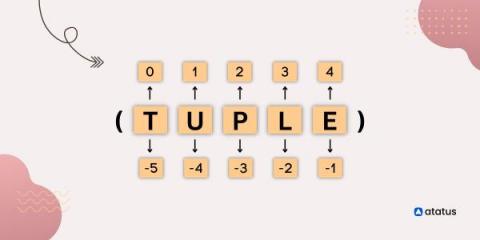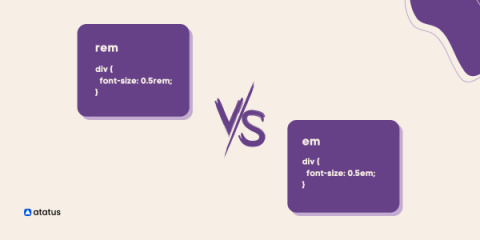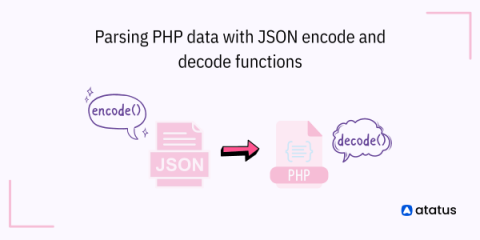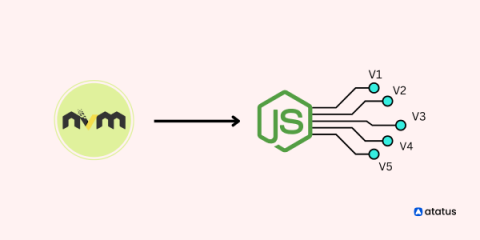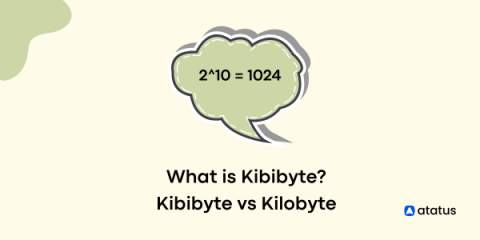Mastering Mapped Types in TypeScript
Typescript is an open-source and type-centric programming language that is becoming increasingly popular amongst web developers and software engineers. As an improvement to the existing JavaScript language, Typescript has been designed to make development easier, faster, and more efficient. This functionality allows developers to write less repetitious, shorter, and reusable code. In this article, we will learn about advanced TypeScript types built from existing types to allow for code reuse.



